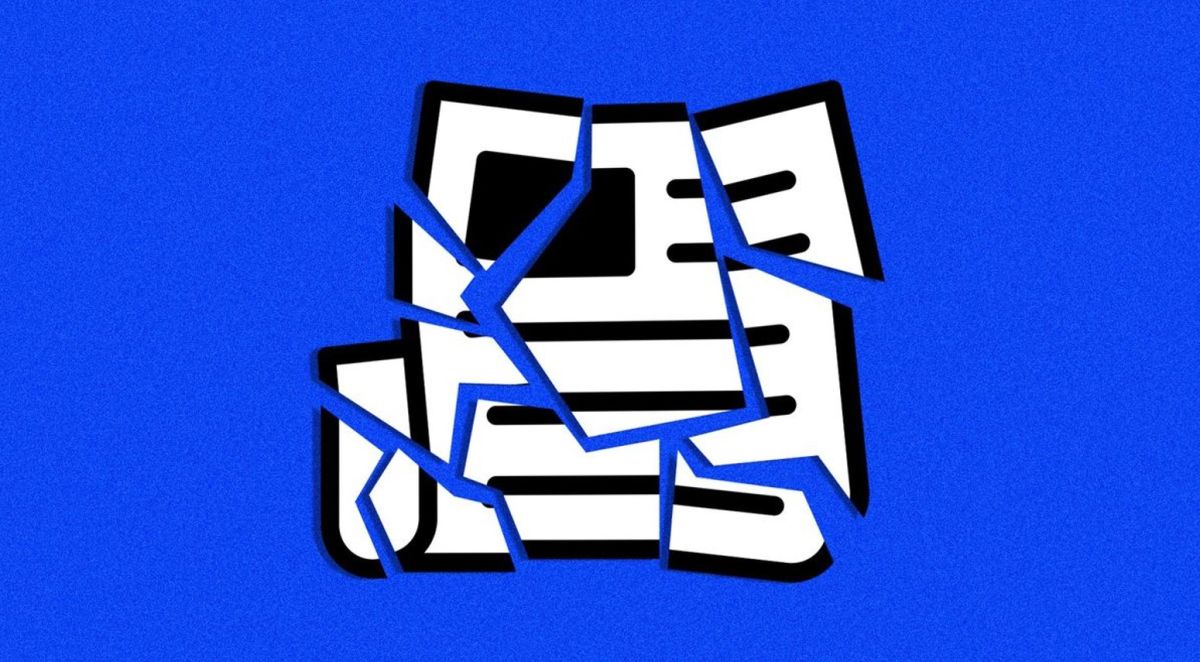Business Practices, eNews
Letters of credit face new challenges

Letters of Credit (LCs) are one of the most versatile and secure payment instruments used in international sales. However, securing an LC is becoming increasingly challenging in today’s global business environment. Credit professionals seeking letters of credit must now invest more time and resources in ensuring they meet evolving criteria.
Why it matters: Heightened economic uncertainties and geopolitical tensions have led financial institutions to exercise greater caution, demanding more extensive documentation and stringent requirements from letters of credit applicants.
What are Letters of Credit?
LCs are written documents that provide bank obligations for payment once LC documentary terms and conditions are fulfilled. Because a letter of credit relies on documentation requirements and not performance, it is known as a documentary credit.
Once issued, the buyer (applicant) and the seller (beneficiary) must agree to any changes to terms. A letter of credit protects the buyer and the seller. It includes the terms of sale and a detailed description of the shipment. The funds are set aside and cannot be used by the buyer if the letter is in force.
Parties in an LC transaction:
- Applicant (or buyer): is the party which asks their bank to issue an LC to the seller or beneficiary.
- Issuing bank: is the bank of the buyer—the party which makes the initial promise to pay upon receipt of credit conforming documents.
- Advising bank: the bank of the seller (beneficiary) that checks the authenticity of the LC before forwarding to the beneficiary. Please note that the role of the Advising Bank is not to give advice, only to forward the LC and confirm that it is authentic.
- Confirming bank: It is the advising bank and will add their confirmation to the LC (the issuing bank needs to request this form from the advising bank). An additional payment obligation in addition to that of the issuing bank is created. That means that if credit confirming documents are presented under the LC, the confirming bank will pay the beneficiary, regardless of whether the issuing bank will pay them.
- Reimbursing bank: It can be, but often is not, the issuing bank. When the LC is issued for payment in a currency not used in the country of issuing bank, they will indicate a bank where the bank who has checked the documents can collect the principal amount.
- Beneficiary: Who is most often the seller or exporter. This is the party who receives the LC and who by presenting certain credit conforming documents, proves that he has shipped and is entitled to the principal amount under the LC.
Common Misconceptions of LCs
The biggest misconception about letters of credit is that they are complicated and very difficult to learn. Since banks do not have the time to provide regular LC training, clients must find other resources to educate themselves. “The clients who don’t take training into their own hands and who have little experience are the ones complaining that LCs are complicated, too expensive and essentially a hindrance,” said Fred Dons, global head, structured trade finance at Aria Commodities (Zug, Switzerland).
Many people mistakenly think all LCs are the same, but they vary by region and bank. “Each bank and country will require different things under the LC,” said Kevin Chandler, CCE, director of financial services at Zachry Industrial, Inc. (San Antonio, TX). “With that, you have to learn about the various banks and how they’re rated—how well run they are financially or whether you’re comfortable with them. You’ll also have to learn from that particular bank what their requirements are in order to post LCs and go from there.”
Banks are commonly looking for mistakes or differences in the documents, not rejecting them without reason. These rejections are due to a discrepancy in an LC, which occurs when the documents provided do not match the terms and conditions of the LC, which includes:
- Data inconsistency: Conflicting information in the documents or an inconsistency with the LC.
- Document deficiency: Missing, incomplete or incorrect documents.
- Terms violation: Documents fail to meet the requirements or prohibitions of the LC.
By the numbers: Up to 70% of presentations under letters of credit are discrepant, yet the number of defaults under LCs are extremely low (.02%).
Examples of discrepancies include:
- The exporter fails to meet the deadline.
- The invoice amount is different from the LC amount.
- The shipping date is later than the LC expiry date.
- The description of the goods does not match the LC.
- The latest date of shipment is incorrect.
When a discrepancy is found, the nominated bank will inform the beneficiary of the discrepancy, offer options depending on the circumstances or wait for further instructions from the buyer or seller before processing the documents.
When exporters lack a process for checking letters of credit before shipment, they often discover non-compliance issues only when the credit manager reviews the documents, necessitating LC amendments. “This opens an opportunity for the buyer to renegotiate or to delay payment,” Dons said. “To mitigate that risk, make someone in the company responsible for checking incoming letters of credit and do not release the shipment until this person has given their okay.”
Ensure that your contracts and the letters of credit allow you enough time (taking into account holidays, strikes and third parties) to do a proper check of the LC. “Get your amendments in when needed, produce the product, do your shipping and get your documents in time at your bank. One of the most common discrepancies is late presentation, and this is actually one of the easiest discrepancies to avoid,” Dons said.
Standby Letters of Credit
To create LCs that don’t lend themselves to discrepancies, use a standby letter of credit, which guarantees the creditworthiness of the buyer. If the buyer fails to pay, the seller can present an affidavit to the bank as proof the debt is due. The bank is obligated to make the payment on behalf of the buyer. It is not intended to be cashed but rather to guarantee payment under a contract. “But even with the standby letter of credit, I’m shifting the credit risk right from my client to the bank,” Chandler said.
Best Practices for Working with LCs
Compliance plays a significant role in the B2B international trade, and you will face increasing demands as an exporter. You will now oversee more of your supply chain, requiring knowledge of the origin, producer, country and production conditions of your parts, as well as the end-user of your products. “Note that if you sell Freight on Board (FOB) or Ex Works (EXW), you can still be made responsible for the shipment and the ports your cargo might visit once it leaves your control,” Dons said.
To successfully conduct international business, maintaining proper Know Your Customer (KYC) processes, vessel checks and dual-use goods checks must be standard practice. Building strong relationships with your customers can help you with any issues you encounter working with LCs. “This way, you can get timely, high-quality information right from the source,” Chandler said.
In some countries, buyers renegotiate to try to get a discount on a letter of credit. They will ask for copies of multiple unnecessary documents under the LC. “This increases the chance for the exporter to make a mistake and create a discrepancy under the LC,” Dons said. “This is why it is important to work with LC templates in which you as the exporter will prescribe what documents you will present under the LC.”
Do not ship until you have a workable LC as per your contract. “When dealing with bills of lading, ensure they are issued to the order of the shipper (exporter) and endorsed in blank,” Dons said. “Avoid issuing or endorsing them to the buyer. This allows you to sell to another buyer if the original buyer attempts to renegotiate or cancel the contract without relying on their endorsement.”
The bottom line: Navigating the complexities of letters of credit requires thorough understanding, proactive compliance and strong customer relationships to mitigate risks and ensure smooth transactions.
Join us for part two of our three-part webinar series about letters of credit on Oct. 16.





